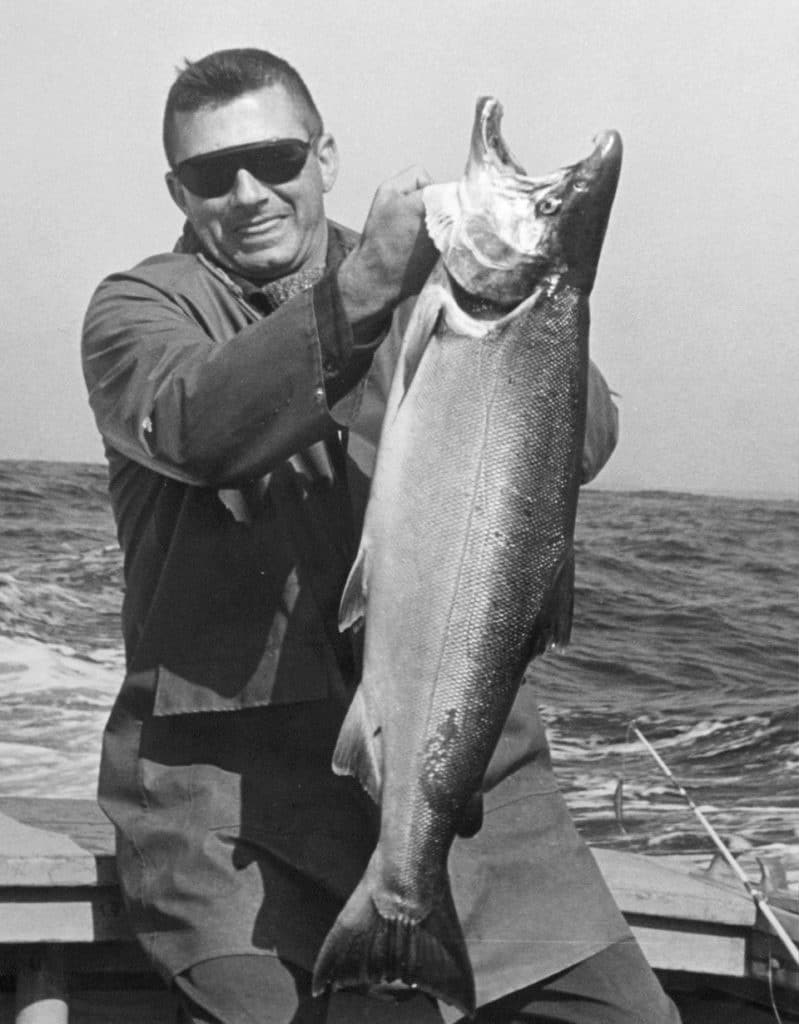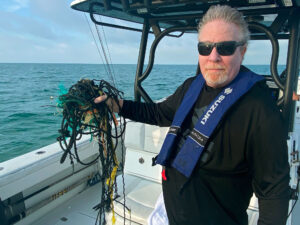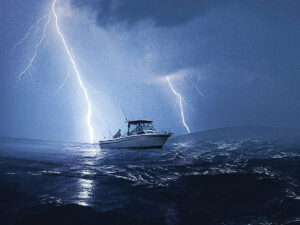
Howard Tanner became the chief of fisheries in the Michigan Department of Conservation (now Natural Resources) in 1966. In that role, he created and launched the successful, revolutionary introduction of coho (and later, chinook) salmon into the Great Lakes. At age 95, he published a book Something Spectacular: My Great Lakes Salmon Story. We caught up with him to hear his story.
How did you become the “father” of the Great Lakes salmon fishery?
I marvel at the opportunities I’ve had—so many things had to come into place almost simultaneously.
How did the salmon program happen?
My new boss (Michigan Conservation Department director Ralph MacMullan) was a profane man. In my first conversation with him, he told me, “Fisheries Division hasn’t done a God-damned thing in 40 years. I want you to do something.” And, as I walked out the door, he said, “and if you can, make it spectacular.”
Read Next: More “On Board With” Interviews
I wanted to create a new sport fishery on the Great Lakes and I heard there were coho salmon eggs available (from Oregon and, eventually, Washington).
Before you, salmon introductions had been attempted about 35 times in the Great Lakes, and each try failed. What made the difference?
I suspect we (biologists) stocked those fish at about one-inch long. Nobody was rearing them to any size. They disappeared. With a new food called the Oregon Moist Pellet, we could raise them to a larger size.
What were the first hints of your coho success?
Immature ‘jacks’ returned in the fall of 1966 at sizes and numbers larger than expected. Experts with northwest coho experience said, “Hey, you’d better get ready for next year—very large fish, and lots of them.”









